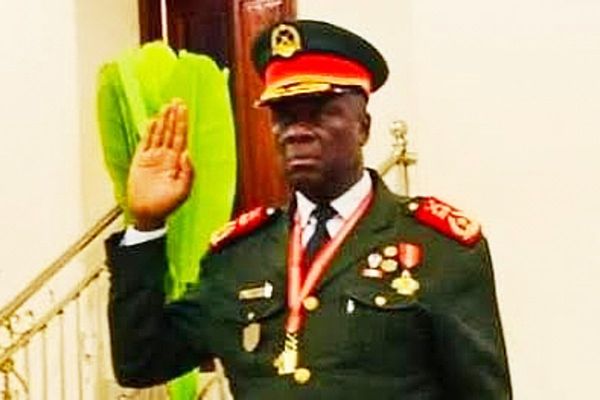
A South Carolina man’s death row execution is being attempted to be stopped by his lawyers by arguing his brain damage was never considered by the judge who sentenced him to die. According to his lawyers, Stephen Bryant, 44, had brain damage from his mother’s alcohol and drug abuse while he was in the womb.
Bryant is on death row for killing Willard “TJ” Tietjen in his home in October 2004. Investigators on the case said Bryant painted “catch me if u can” and other disturbing messages on the wall with the victim’s blood. Bryant also burned Tietjen’s eyes with cigarettes after shooting him.
Prosecutors said he also shot and killed two men he was giving rides to over five days. Attorneys for the state argue that the three killings that terrorized Sumter County in 2004, along with another shooting and two burglaries, weren’t impulsive crimes from a damaged brain but were methodical and cunning.
But Bryant’s lawyers are arguing in a final appeal to the state Supreme Court that while his original defense team said he was unnerved in the months before the killings because he couldn’t stop thinking about being sexually abused by relatives as a child, they didn’t detail how Fetal Alcohol Spectrum Disorder had affected his ability to conform to the law.

Bryant's lawyers said he didn't get a full brain scan before his 2008 trial that could have identified in-utero damage that was never repaired, according to court papers.
They also submitted a 2024 interview with a clinical psychologist wherein Bryant described abuse he suffered from male relatives, his mother, a preacher's wife and several strippers in his neighborhood before he became a teenager.
Prosecutors have pushed back, saying Bryant's attorneys shouldn't be allowed to make a different case to keep him from being put to death after the first one failed.
They argue that the number of crimes, their planning and Bryant’s lingering Tietjen’s home to desecrate his body, as well as taunting Tietjen’s wife and daughter over the phone, were deliberate acts of evil — not impulses from a broken brain.
“Bryant was methodical, cunning, and took pleasure in deadly rampage including the gratuitous infliction of horror on Mr. Tietjen’s family,” they wrote in court papers.
They said the only way the legal system could fail is to delay his Nov. 14 execution by firing squad.
Beyond the appeal, Bryant can also ask the governor to reduce his death sentence to life in prison in a decision that, if made, won't be announced until minutes before the execution is set to start. No South Carolina governor has ever granted clemency in the modern era of the death penalty.
Bryant will be the third man executed by firing squad in South Carolina this year.
Struggles to find drugs to use for lethal injection led to an unintended 13-year pause in executions and state lawmakers to introduce the method that's often associated with mutinies and desertion in armies, as frontier justice in America’s Old West or as a tool of terror and political repression in the former Soviet Union and Nazi Germany.
Outside of South Carolina, only three other prisoners in the U.S. have been executed by firing squad since 1977. All were in Utah, most recently Ronnie Lee Gardner in 2010.
Bryant’s execution will be the seventh in South Carolina since executions restarted in September 2024. All the others have chosen execution by lethal injection after the state was able to obtain the drug needed because of a secrecy law. The state also has an electric chair.
Bryant will have a hood placed on his head before he is shot by three volunteers from 15 feet (4.6 meters) away.
The remains and stories of Native American students are being reclaimed from a Pennsylvania cemetery
Former South Carolina House member indicted on federal charges of defrauding legal clients
Nancy Mace escalates fallout from foul-mouthed airport meltdown with legal threats
What are your rights if your flight gets canceled during government shutdown?
Trump announces plans to slim down cost of popular weight-loss drugs to $149 a month
Pharma executive passes out in Oval Office while standing behind Trump during event







